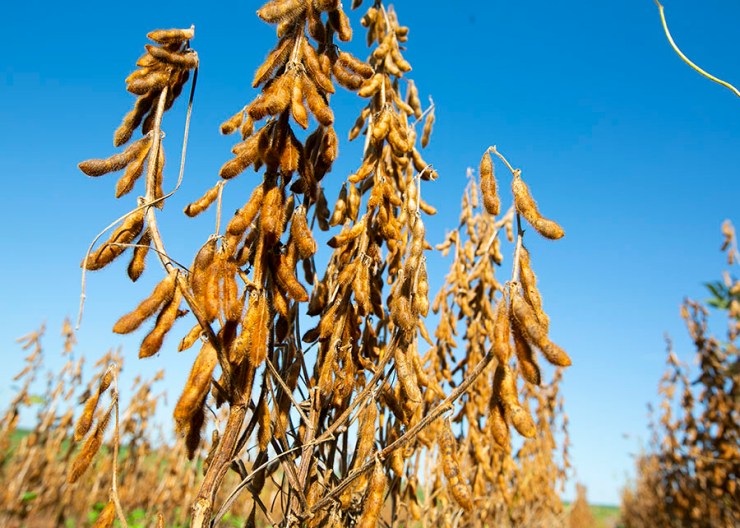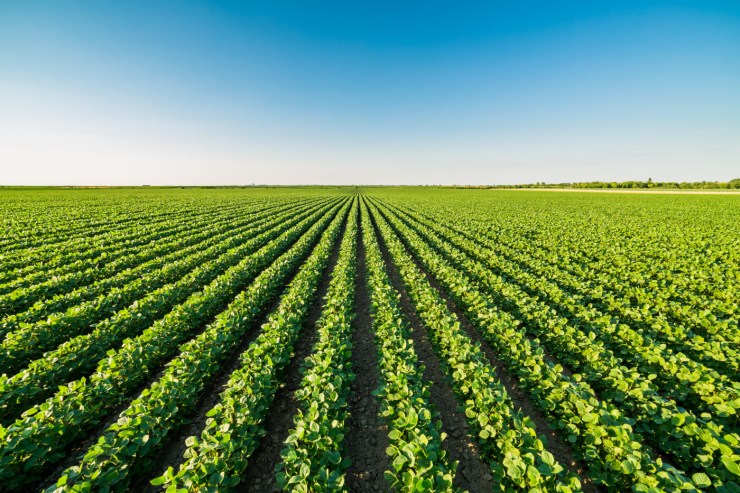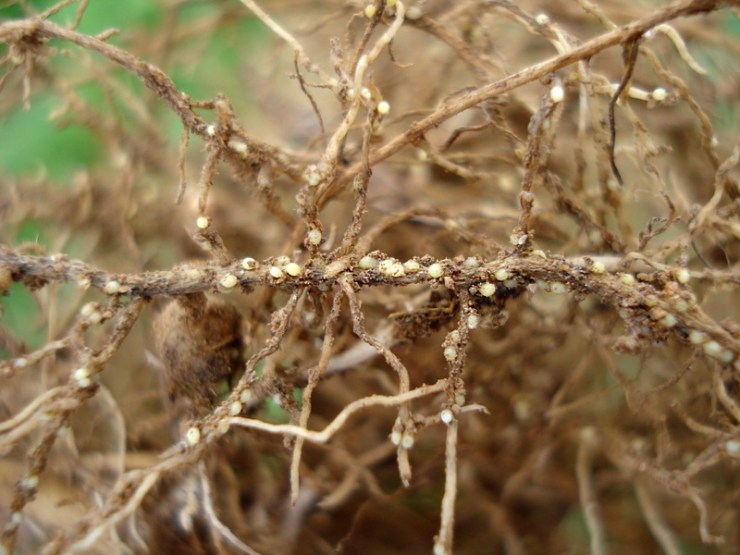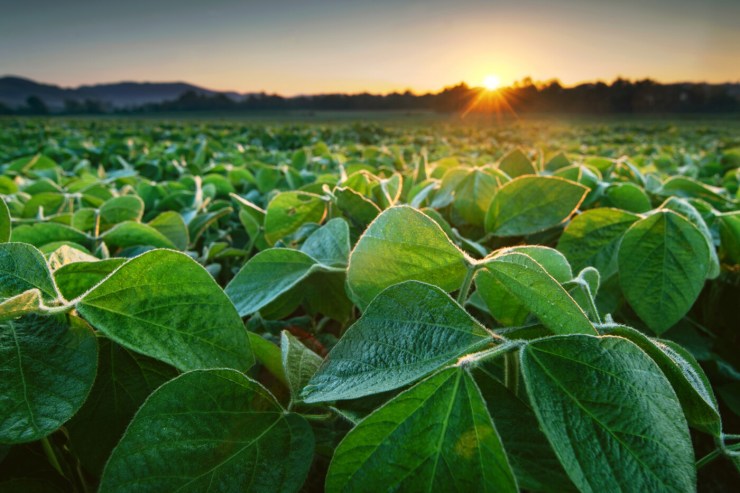Brazil has reached unprecedented levels of soybean production and is expected to harvest 168 million tons in the 2024/2025 harvest. But behind these record numbers lies a worrying scenario: the rapid increase in dependence on pesticides and fertilizers, which has compromised producer profitability and called into question the sustainability of the current agricultural model.

Photos: Disclosure/OPR Archive
A survey by the Escolhas Institute shows that, between 1993 and 2023, pesticide use on soybeans increased by 2,019%. Three decades ago, 1 kg of pesticide was enough to produce 23 bags of grain. Today, the same amount yields only seven bags. The total volume of pesticides used jumped from 16,000 tons to 349,000 tons. Among the five largest soybean producers in the world, Brazil leads in pesticide use per hectare.
This increase in input use was not accompanied by proportional gains in productivity. In the same period, the area planted with soybeans quadrupled, rising from 11 million to 44 million hectares—an increase of 5% per year. Productivity, however, increased at a much slower pace, approximately 2% per year, from 2,120 kg per hectare in 1993 to 3,423 kg in 2023.
The bill for the producer became heavier. In 1993, 11 bags of soybeans were needed to cover seed costs,  and fertilizers. By 2023, this number has more than doubled: 23 bags will be needed. "Producers are using more and more pesticides and fertilizers to produce less and less soybeans. This affects their income, which is also impacted by the rising price of these inputs," says Jaqueline Ferreira, Research Director at Instituto Escolhas and coordinator of study “Brazil as world leader in soybean production: for how long and at what cost?”.
and fertilizers. By 2023, this number has more than doubled: 23 bags will be needed. "Producers are using more and more pesticides and fertilizers to produce less and less soybeans. This affects their income, which is also impacted by the rising price of these inputs," says Jaqueline Ferreira, Research Director at Instituto Escolhas and coordinator of study “Brazil as world leader in soybean production: for how long and at what cost?”.
Faced with this scenario, the federal government took an important step by launching the National Program for Reducing the Use of Agrochemicals (Pronara) at the end of June. The decree was signed by President Luiz Inácio Lula da Silva on the 30th, during the announcement of the Harvest Plan for family farming. The initiative seeks to encourage production models that are less dependent on chemical inputs and promote more sustainable practices in the field.
Although Pronara was announced as a support for family farming, data shows that most production of crops with high pesticide consumption, such as soybeans, is concentrated on large rural properties. According to the 2017 Agricultural Census, just 1,46% of soybean farms—those with areas between 2,500 and 10,000 hectares—are responsible for 23,46% of national production.

Photo: Wenderson Araujo/Trilux
Another fact that reinforces the model's unsustainability is the growing use of fertilizers. In 1993, one ton of fertilizer generated 517 bags of soybeans. By 2022, that number had dropped to 333 bags. In other words, in addition to more pesticides, more fertilizers are needed to maintain production levels.
Soybeans account for 26% of the funding provided by the National Program for Strengthening Family Farming (Pronaf), according to a survey by the Climate Policy Initiative/PUC-Rio. Although family farming cultivates a smaller portion of the total area, its role in the transition to more sustainable practices can be strategic.
With the launch of Pronara, Brazil signals a change of direction, albeit an initial one, given a production model already showing clear signs of exhaustion. Reducing dependence on chemical inputs could be the way to balance productivity, profitability, and environmental responsibility in the field.




